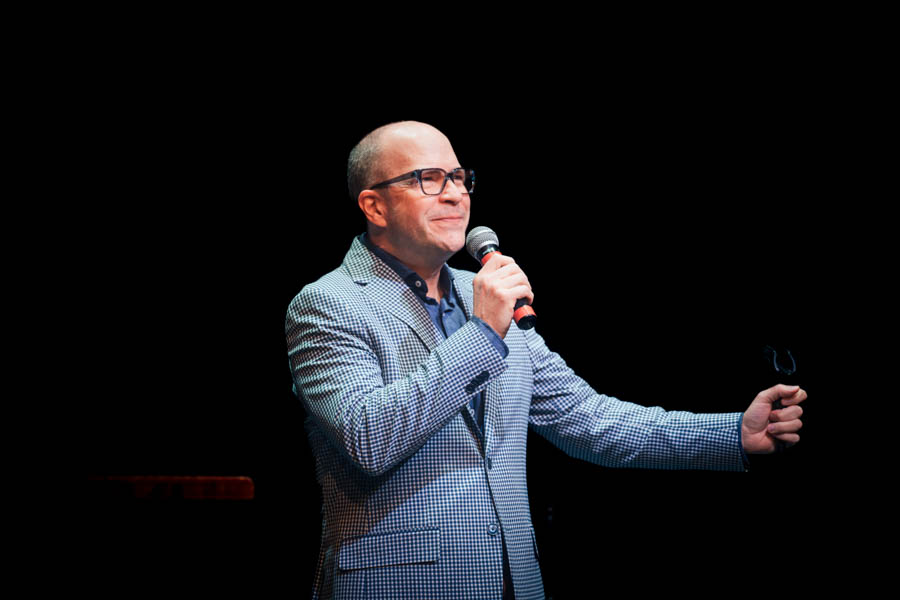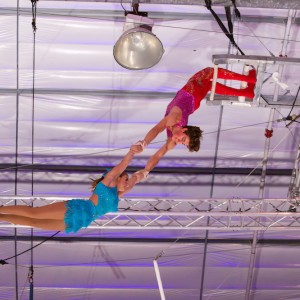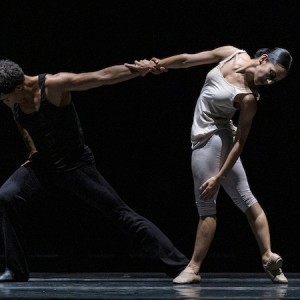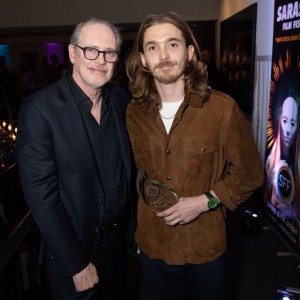Theater, by its very nature, is a fleeting art form. One night, noise and movement abound, but the next day, the stage is silent, awaiting the next production, the next story to be told. At the Asolo Repertory Theatre, the transition between the current producing artistic director Michael Donald Edwards and the upcoming producing artistic director Peter Rothstein embodies this ephemeral quality of the theater. Edwards will retire from the Asolo after 18 years of service this June, along with Linda DiGabriele, the Asolo’s managing artistic director. Throughout his career, he has guided the Asolo through financial difficulties, the COVID-19 pandemic and this transfer of leadership to Rothstein. Rothstein holds a Bachelor of Arts degree in Music and Theater from St. John’s University and a Master of Fine Arts degree in Directing from the University of Wisconsin–Madison. In 1998, he founded the music theater-focused Theater Latté Da in Minneapolis, MN, where he has directed and supported the creation of groundbreaking and inclusive productions. In preparation for his new role at the Asolo, Rothstein discusses what drew him to the position, what he’s learned from the present directors and where he hopes to guide the Asolo going forward.
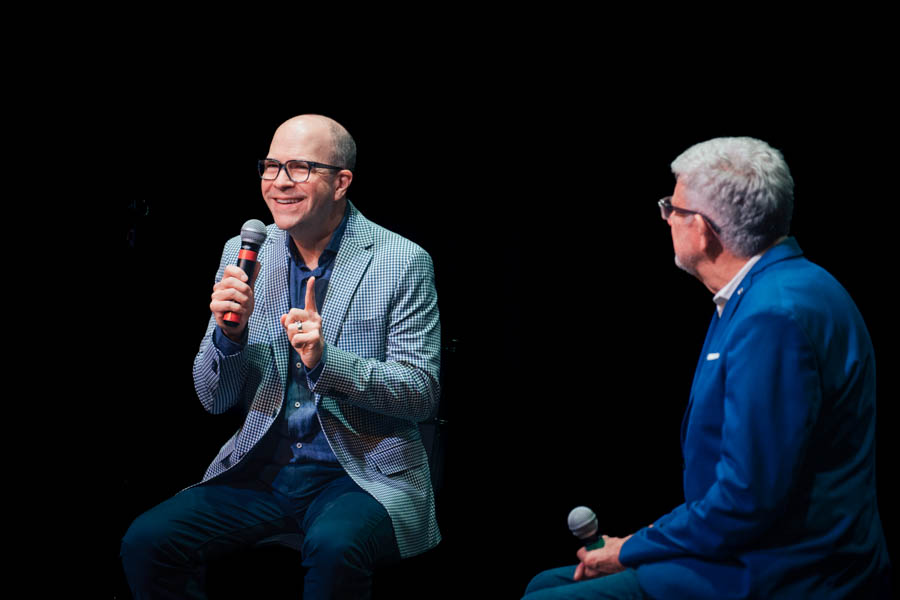
What attracted you to the producing artistic director position at the Asolo? PETER ROTHSTEIN: I’d been fortunate to have directed two productions here, first Ragtime in 2018, then Sweeny Todd the next year, so I’d been able to experience the Asolo from the inside. I had just incredible experiences both of those times. In conversations with Michael selecting those shows, there was a simpatico of thought around how we approached the work, but also about how Michael talks about this community and what stories he wants to tell in this community and discovering how the stories that are told on stage would resonate with Sarasota audiences. When I arrived I saw the scene shops, the costume shops and the prop shops, and they are the best craftspeople in the country and do extraordinary work. The stage management, just across the whole organization prioritizes artists and the creative process. And I’ve worked in a lot of places, but this truly felt like an artistic home from those first collaborations. The other thing that drew me to this position was not only how extraordinary the Asolo is, but how extraordinary Sarasota is in the way they’ve invested in culture. It is one of the cultural destinations in the country, and for a city of this size to have a major ballet company, a major opera company, the Ringling Museum, the circus school, the symphony and the Ringling College is extraordinary. I can’t think of another city of this size in this country that has the level of artistic excellence and cultural investment that this community has made. I love all of the art forms and I need to live someplace where art and culture are important, and clearly, in Sarasota, it’s been a priority for generations.
HOW WILL your experience at the Asolo be different from your experience at Theater Latté Da? ROTHSTEIN: Theater Latté Da is an all musical theater. The work is still wide-ranging, as with opera or dance-driven pieces, but music is always at the center. As the producing artistic director, I’m excited to program plays as well as musicals. It’s a different community, and we create theater for an audience. I’m excited to intersect with a new community and take the time to get to know the local arts community and the community at large and program work that will hopefully feel meaningful for them. The Asolo is also a larger platform with a larger budget and bigger theaters. I’m excited for the opportunity to collaborate with artists that I’ve spent a lot of my career with and challenge myself in new ways.
What have you learned from observing Michael and Linda’s working relationship? ROTHSTEIN: They are great partners, and at each event I’ve been to they both share the stage and are the public faces of the organization. I would hope to continue that practice with a new leader. A theater company is a very public-facing enterprise, and I would hope that my new partner would be engaged in the community as a face along with me. Theater makers are trained in collaboration, and I don’t want to work alone.
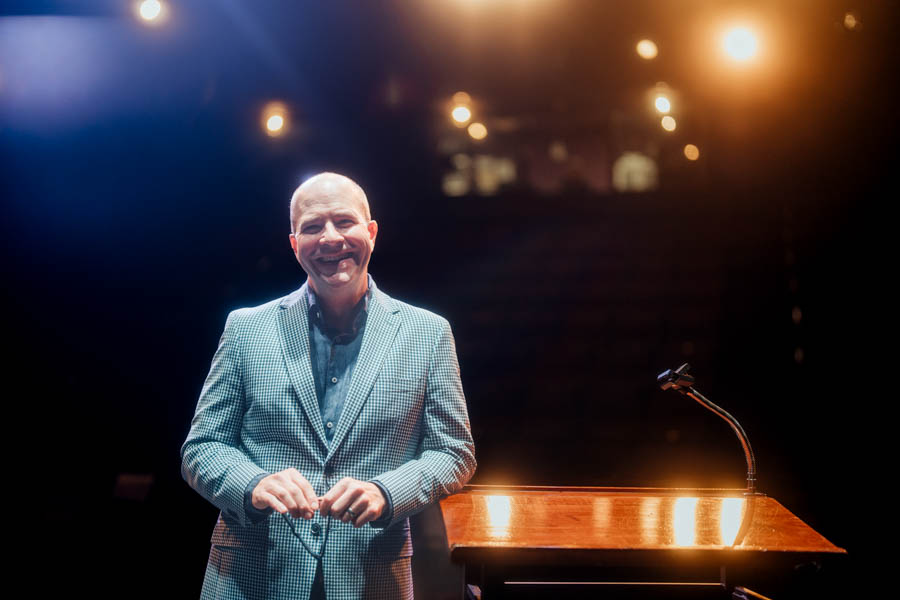
When Michael became the producing artistic director, he helped the Asolo get out of financial struggles. What have you learned so you can continue that growth? ROTHSTEIN: Michael and Linda have already been really thoughtful about how to pass the baton and pass on as much knowledge to me as possible. They’re trying to impart as much institutional knowledge as possible. Today, the theater is in excellent financial shape, but anyone taking a new job will want to look inside a non-profit and see its financial situation. We’re not out of the pandemic yet, and we are looking at the theater in a different way. Supporting theater makers and artists and giving them a better work/life balance takes resources, and the status quo is not an option.
How do you plan to make the Asolo accessible? ROTHSTEIN: It’s all about the invitation, and certainly, ticket prices have something to do with it, but I’ve learned over my career that it’s not just about prices, you have to take work that resonates with different audiences. The power of theater is that people gather collectively to experience someone’s story other than their own. The idea of the “other” is inherent in the bargain, and theater in general needs to continue to expand the stories we tell. How do we build relationships with communities who have not come to the Asolo for one reason or another and what has been that barrier? What matters is the invitation, which comes from listening, making relationships and being intentional about finding ways to open the door for people who have not felt like it’s a place for them. I think it’s always the question of an artistic director to decide what stories we choose to tell for the current audience and the absent audience, the audience that isn’t there yet, and figure out how do we welcome them into the theater. I’m excited to get to know this community and find out how to welcome people to the Asolo, and what that invitation is for as wide a spectrum of people as possible.





